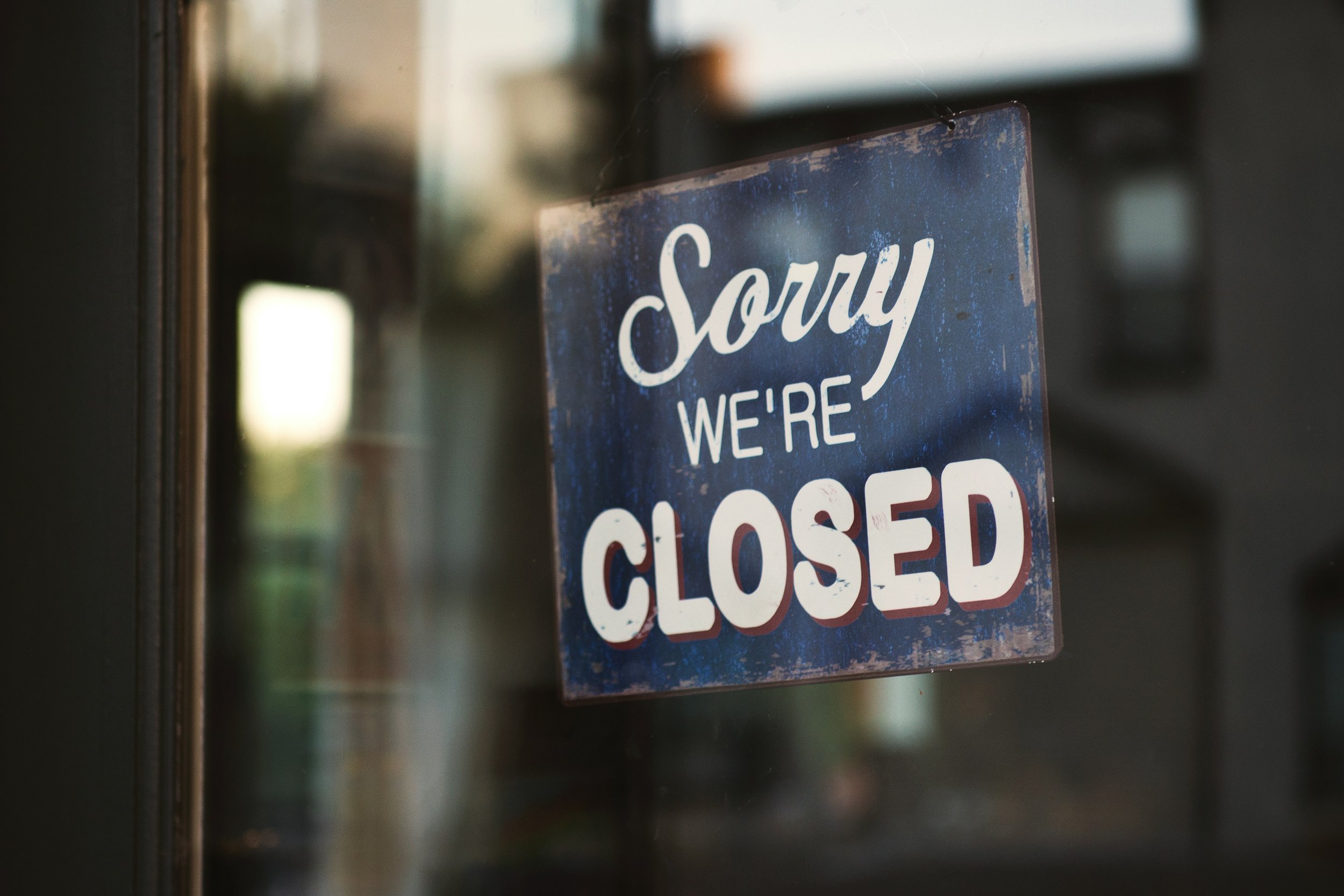
School Closures: Variables and Red Flags
Given the rate of school closures, related to—yet separate from—merger and acquisition threads of discussion in independent school circles, there is a need for an effective study of school failures. Such a study would confirm these common, clear signs and delineate paths to closure, highlighting key points of timing along the way when schools could/should be intentional about their futures, giving themselves and their communities (most notably, students and families) the gift of time: enough time to allow for tactical business model maneuvering before sound the alarm on closure.

Persistently Curious and Consumed by Thoughts of Failure
Ranked first on the Thinkers50 list of most influential management thinkers, Amy Edmonson published a tome this past year (2023), Right Kind of Wrong: The Science of Failing Well, which is a helpful lens through which to look and consider the intersection of psychology and reality, when it comes to failure. Martin Reeves interviewed her recently for Rotman Management (Winter 2024), framing his questions on concepts from her book. My pencil notations and underlinings got me thinking about Edmonson’s distinction of types of failure, as well as other elements of psychology and awareness that are worth contemplation by the independent and international school sector.

Paradox(es) in Education
If leading a school today requires a practitioner to understand and encounter the authenticity paradox, the status quo bias and loss aversion as key detractors from innovation, among other paradoxes in our sector, why would we not design fresh programming around those principles, instead of adhering to (arguably) anachronistic leadership development principles?

An Industry Playlist for Education
What would an industry playlist for Education look like? What trends are about to impact us right now and over the next ten years, and how might we apply our imaginations to infuse our humanity in what they offer?

Sector Change is Coming: Are We Ready?
The chess pieces are now fully deployed on the board. Change is coming to the K-12 independent school sector in the US. It has already begun, one might proffer. It would be misleading to provide a range of years (e.g., three to five) during which this change will happen. Instead, we might consider the notion of an era, in the vein of ‘what is the nature of our era?’